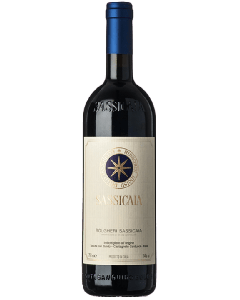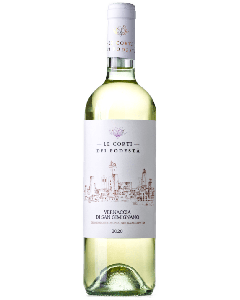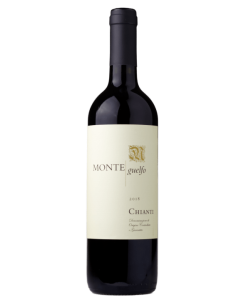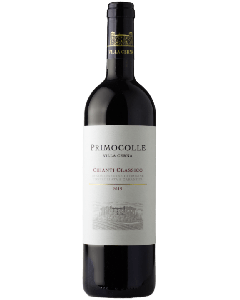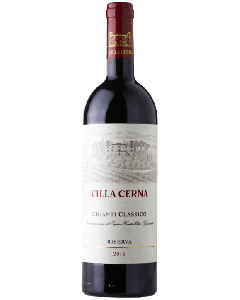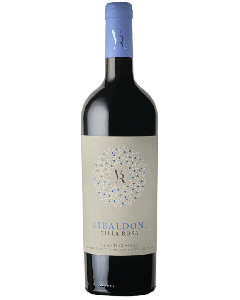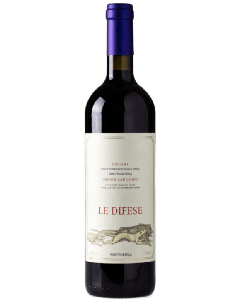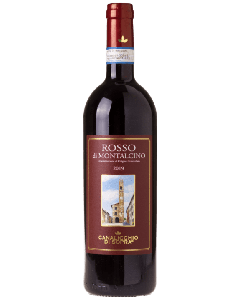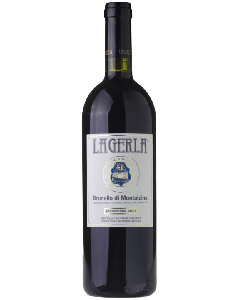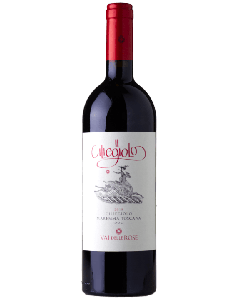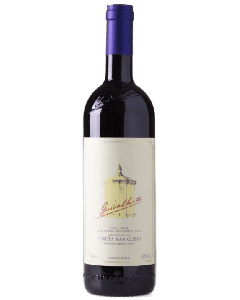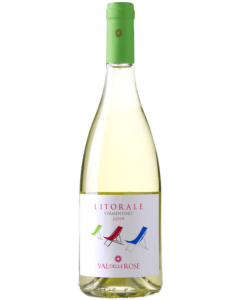We use cookies to make your experience better. To comply with the new e-Privacy directive, we need to ask for your consent to set the cookies. Learn more.
Gaja Ca Marcanda 2019 Promis
Origin
Producer
Grape Varieties
55% Merlot, 35% Syrah, 10% Sangiovese
Maturity
Drink 2022 - 2029+
Viticulture
Conventional
Size / ABV
Standard Bottle 75cl / 14.5%
This Month's Mixed Cases


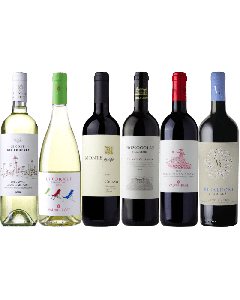
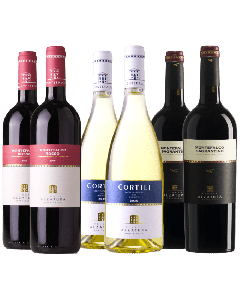

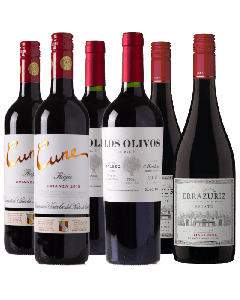
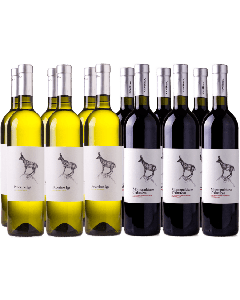
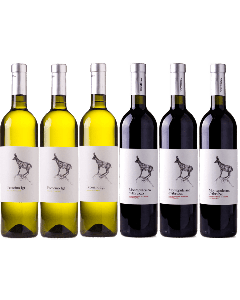
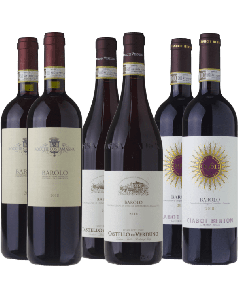
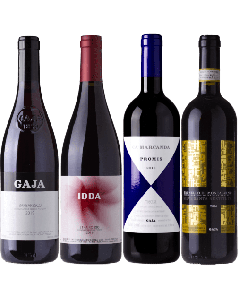
The Region
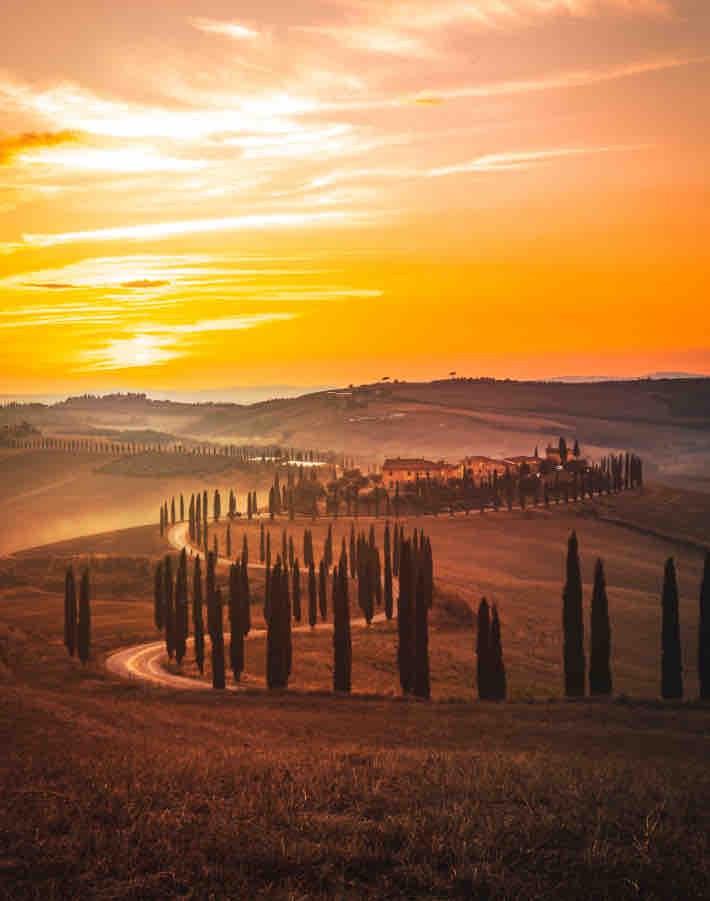
Tuscany
Tuscany is the region of Italy that most fine wine drinkers gravitate towards. It occupies much of Central Italy with a Tyrrhenian coast to the west and the Apennines to the east; it has both Mediterranean and continental climates.
The story of Tuscany begins with its significant black variety, Sangiovese, one of the most planted varieties in Italy, but here is its ancestral and spiritual home. Sangiovese makes up most of the blend of Chianti, Vino Nobile di Montepulciano, other DOC/Gs, and 100% of Brunello & Rosso di Montalcino.
Chianti Classico is the region between Florence and Siena and has been systematically polluted with foreign varieties such as Cabernet, Syrah and, God forbid, Merlot.
Now, we are seeing a return to more traditional blends as producers gradually move away from the Super Tuscan movement of the 1980s and 1990s.
In Montalcino, where only Sangiovese is permitted, producers have also shunned the illicit use of foreign varieties, and the wines have never been better. It was helped out by a good run of vintages, as well.
Elsewhere, there are still gems to discover. San Gimignano is home to the only major DOCG for white wines. Yet, the planting of its traditional variety, Vernaccia di San Gimignano, is on the wane, but not at the best producers who still champion this variety.
The Tuscan Coast is still the hotbed for innovation; unlike other bits of Tuscany, the international varieties thrive and make the best wines, with the occasional exception.

The Producer
Gaja
Gaja was founded in Barbaresco in 1859 by Giovanni Gaja. It wasn't until the fourth generation of the dynasty, Angelo Gaja, who took charge in 1961 that the company modernised - first of all by working with only their vineyards, reducing yields etc., furthered by introducing practices Angelo had seen in his travels in Burgundy, such as ageing the wines in small French oak barrels. Angelo was, and still is to a certain extent, a maverick, although now he is seen much more as an establishment figure. Angelo remains the figurehead of the company. However, it is the fifth generation of Gaia (pictured), Rossj, and Giovanni, now leading the various aspects of the operation.
In the early nineties, the family branched out from their home of Piedmont, initially buying vineyards in Montalcino, what eventually became Pieve Santa Restituta, followed by acquisitions of vineyards in Bolgheri for their Cà Marcanda. Not satisfied with conquering Piedmont and Tuscany, Gaja has entered a joint venture in Sicily with a traditional Etna producer Alberto Graci, creating Idda. The latest news is a project underway in Alta Langa, taking them full circle back to their home of Piedmont.

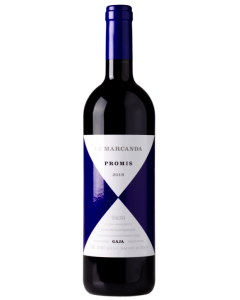
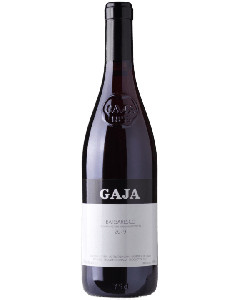



Collections

Super Tuscans
Super Tuscan is a term used to describe a category of Italian wines produced in the various DOC/Gs of Tuscany, which do not adhere to traditional winemaking regulations.
Historically, Tuscan wines were made using specific grape varieties, and winemakers were required to follow certain production techniques. Most egregiously, producers in Chianti, until 1992, were mandated to add Trebbiano Toscano, wine from white grapes, to their wine if they wanted to label it as such. However, in the 1960s and 70s, some maverick winemakers began experimenting with international/French grape varieties with non-traditional winemaking methods to create high-quality wines that didn't fit with the destructive regulations.
These innovative wines were initially rejected by the regulatory system, which only recognised traditional varieties and production methods. As a result, these wines were classified as table wines, and labeled as vino da tavola (table wine) rather than the more prestigious DOC or DOCG status: the term 'Super Tuscans' was born.
The movement's figurehead was the pioneering Mario Incisa della Rocchetta, owner of Tenuta San Guido and his wine Sassicaia, first made in the fifties, with its first commercial vintage being 1968. The wine came to fame in the 1980s and its fame and prestige fuelled the entire movement.
Today many of the wines have come back into into the DOC/G fold, Sassicaia itself obtaining DOC status in 1994
The Producer

Gaja Cà Marcanda
The legendary Barbaresco producer Gaja extended their empire from their home turf to Montalcino with Pieve Santa Restituta in the early nineties, then into Bolgheri creating Ca Marcanda from scratch in 1996. Since then they now have estates in Etna - Idda - and right now is engaging in a project in Alta Langa for making sparkling wines.
The story of Bolgheri begin in 1968 when Sassicaia was first created by Marchese Mario Incisa della Rocchetta (also originally from Piedmont) who saw the potential in French varieties for producing world class wines: Sangiovese has never really been as successful here as it has in Montalcino or Chianti Classico. When Gaja arrived there were 10 producers in Bolgheri, now there are 56, such is the interest in this region. Being one of the early ones, Gaja had the chance to snaffle the best vineyard sites.
The estate produces 4 wines: Vistamare, their white from Vermentino, Viognier and Fiano; Promis from Merlot, Sangiovese and Syrah; Magari from the two Cabernets and Petit Verdot; and finally the flagship Camarcanda from Cabernet Sauvignon and a dash of Franc.
Although inspired by the greats of Bordeaux, the wines here have their own distinct Italianality

More Like This
The Sub-Region
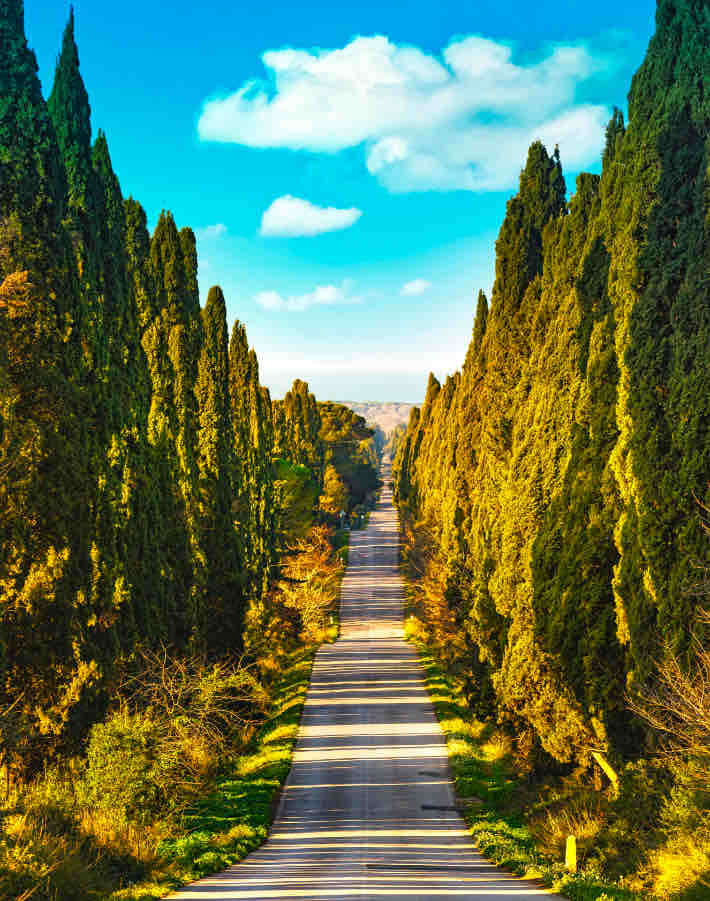
Bolgheri and The Tuscan Coast
This part of Tuscany, also known as The Maremma, is renowned for its powerful reds from international varieties such as Cabernet Sauvignon, Merlot and Syrah. Although Sangiovese and other traditional Tuscan varieties are grown here, it is the Super Tuscans that grab the headlines.
The region was a backwater until Mario Incisa della Rocchetta of Tenuta San Guido planted Cabernet Sauvignon and Cabernet Franc in the 1940s, originally intending to produce wines just for the family. With help from winemaker Giacomo Tachis, himself a protegee of Emile Peynaud, the renowned Bordeaux winemaker, he conceived the now world-famous wine, Sassicaia. Following its critical success the area has become a hotbed of internationally acclaimed reds: Ornellaia, Masseto, Gaja's Ca Marcanda, and Grattamacco are many of the prestigious wines now produced here.
The major criticism aimed at these wines is that to a certain degree, they have lost their 'Italian-ness'. I think that used to be the case. Now that the producers are learning their terroir, the wines have started to develop their own style. No longer just an extension of Napa Valley or Bordeaux, the wines have become Italian classics in their own right.
Elsewhere, this region has gained some success with Vermentino, a variety grown around the Mediterranean coast. There are many other DOCs dotted up and down the coastline, Morellino di Scansano perhaps the most widely known, but there are many others to discover.


